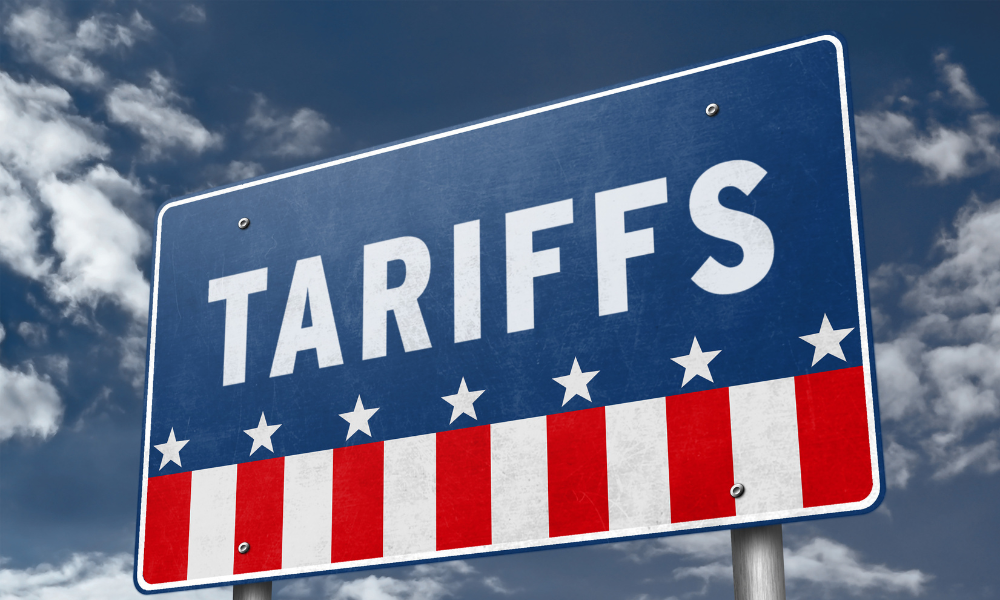Applications nosedived last week – but ARMs are surging in popularity again

Mortgage applications in the US fell last week amid continuing turmoil over the Trump administration’s global trade war – but the share of borrowers applying for adjustable-rate mortgages hit its highest level for more than two years.
The Market Composite Index, which measures mortgage loan application volume, dropped 7.6% from the previous week on an unadjusted basis.
Applications for refinancing led to the downturn with a 12.4% decrease, while purchase applications slipped 3.8%. The average loan size across all applications was $415,100.
However, the share of adjustable-rate mortgage (ARM) applications rose to 9.6% of total activity, with the ARM Index increasing by 2.9%. The average ARM loan size remained significantly higher than fixed-rate mortgages, at $1.06 million.
The refinance index stood at 841.9, down from 961.4 a week earlier, although still higher than the 500.7 recorded a year ago. Purchase activity, measured by the Purchase Index, reached 190.6, declining from 198.2 the previous week but up from 169.2 a year earlier.
Conventional loan applications declined 4.2%, while government-backed loans experienced a sharper 14.7% drop.
Within the government category, Federal Housing Administration (FHA) applications decreased by 10.3%, Veterans Affairs (VA) applications by 19.3%, and U.S. Department of Agriculture (USDA) applications by 17.4%.
Average contract interest rates for the most popular mortgage products rose. The 30-year fixed-rate mortgage (FRM) increased by 20 basis points to 6.99%, while the 15-year FRM rose 18 basis points to 6.27%. The 5-year ARM increased to 6.31%. Jumbo 30-year loans rose to 6.93%, and FHA 30-year loans increased to 6.76%.
The average loan size for purchase mortgages in the conventional segment was $477,900, compared to $356,200 for government-backed purchases. Refinancing activity continued to show higher volatility; conventional refi loan sizes averaged $400,300, while government refis were lower at $319,200.
The share of refinance applications made up 41.3% of all loan activity, and government loans accounted for 30% of total applications.
The MBA’s figures are derived from its Weekly Mortgage Applications Survey, which covers over 75% of all U.S. retail residential mortgage applications.
What’s your take on the continued volatility in mortgage applications? Do you expect refinancing activity to rebound soon? Let us know in the comments.



